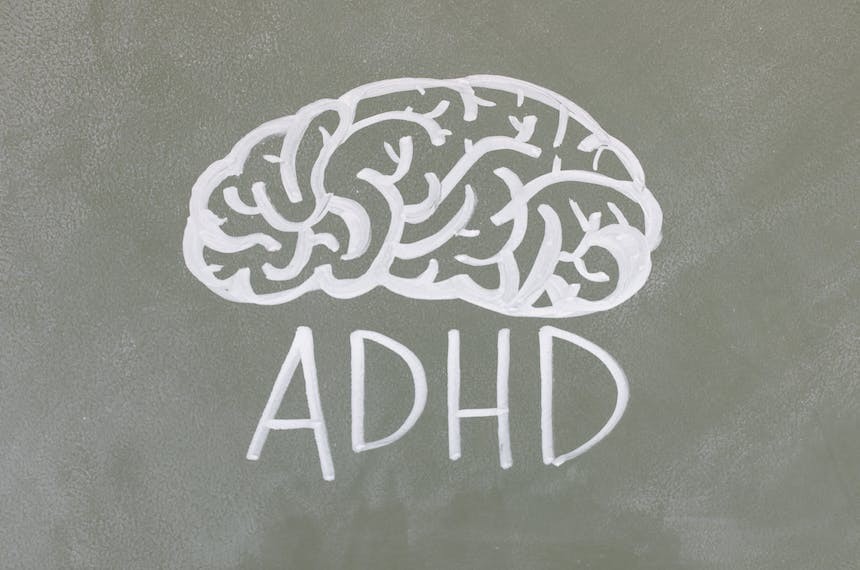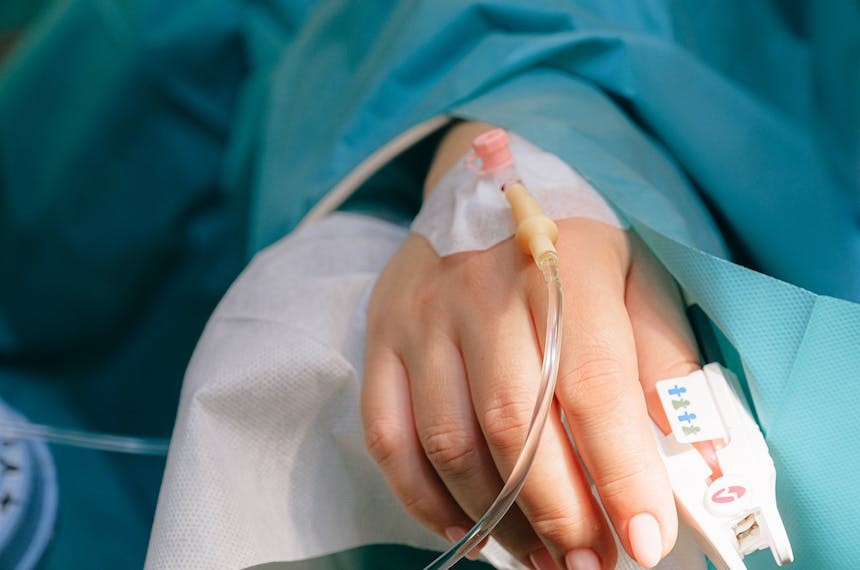
Status Epilepticus Management
Unlock the essential steps for effective Status Epilepticus Management with this detailed guide. From initial presentation to critical time points at 5, 20, and 40 minutes, discover the precise interventions and medications required.
At presentation:
- Check vitals, draw blood, send for routine studies and toxicology and AED levels if applicable
- Start Oxygen
- Thiamine 100 mg IV followed by D50 50 ml IV
- Naloxone 0.4 mg IV if suspicion of drug use
5 Minutes
At five minutes start Benzodiazepines. Options are:
- Ativan 0.1mg/kg IV . Max 4 mg
- Versed 10 mg IM if >40 kg weight. Versed 5mg IM if < 40 kg weight
- Valium 0.15 mg /kg Max 10 mg
If those 3 options are not available, these are secondary options:
- Phenobarbital 15 mg/kg IV
- Rectal Diazepam 0.2- 0. 5 mg/ kg per rectal. Max 20 mg
If seizures do not stop, load with an antiepileptic medication.
20 Minutes
Once we cross 20 minutes patient definitely must be loaded with an antiepileptic medication: Options are:
- Fosphenytoin 20 mg / kg (Max 1500mg)
- Depacon 40 mg /kg (Max 3000 mg)
- Keppra 60 mg / kg (Max 4500mg)
- Phenobarbital 20 mg /kg
40 Minutes
At 40 minutes, it is time to try anesthetic medications. Needless to say, intubation is required.
- Versed 0.2mg /kg IV loading dose followed by Versed 0.05 mg /kg /hr infusion. This can be titrated up gradually upto 0.5 mg / kg / hr. For titration, continuous EEG would be helpful to achieve Burst Suppression. The Digital EEG screen is typically set at 10 seconds per screen. So burst suppression means you see no more than one burst in 30 seconds, ie 3 screens. If continuous EEG is not available, you could also use a BIS monitor. BIS of 0 is isoelectric. Our objective is BIS of 30, which roughly corresponds to sedation levels where you get burst suppression.
- Alternative is to use Propofol loading dose of 2mg/kg followed by an infusion rate of 5 micrograms / kg / minute. This rate can be increased every 5 minutes until we reach 80-100 micrograms / kg / minute.





